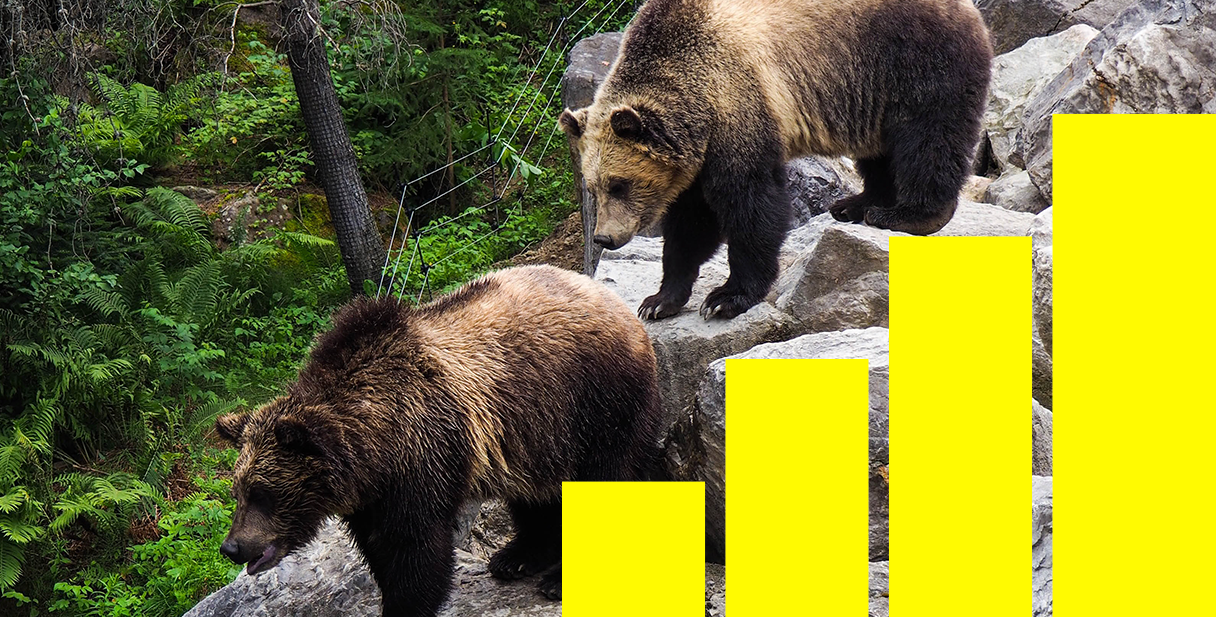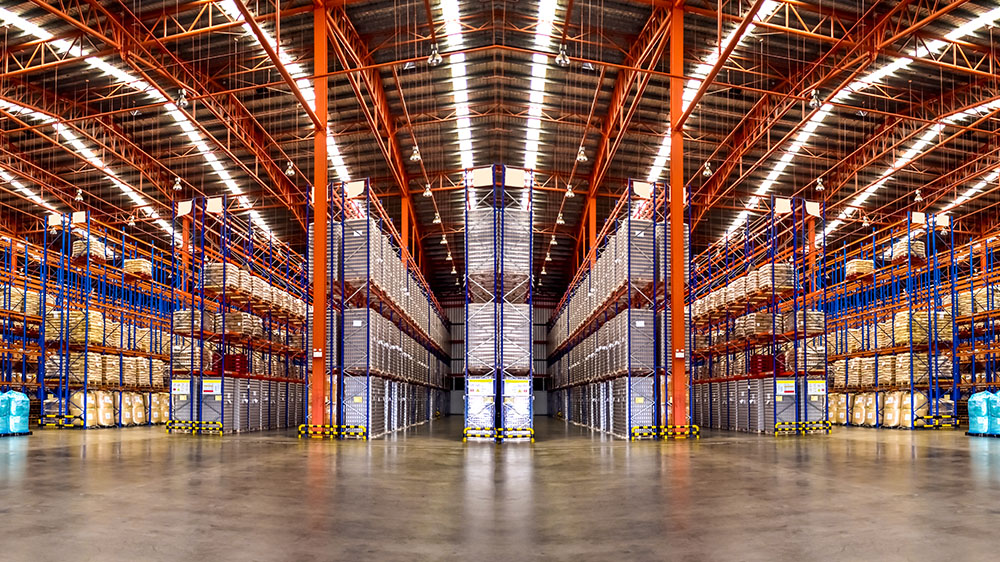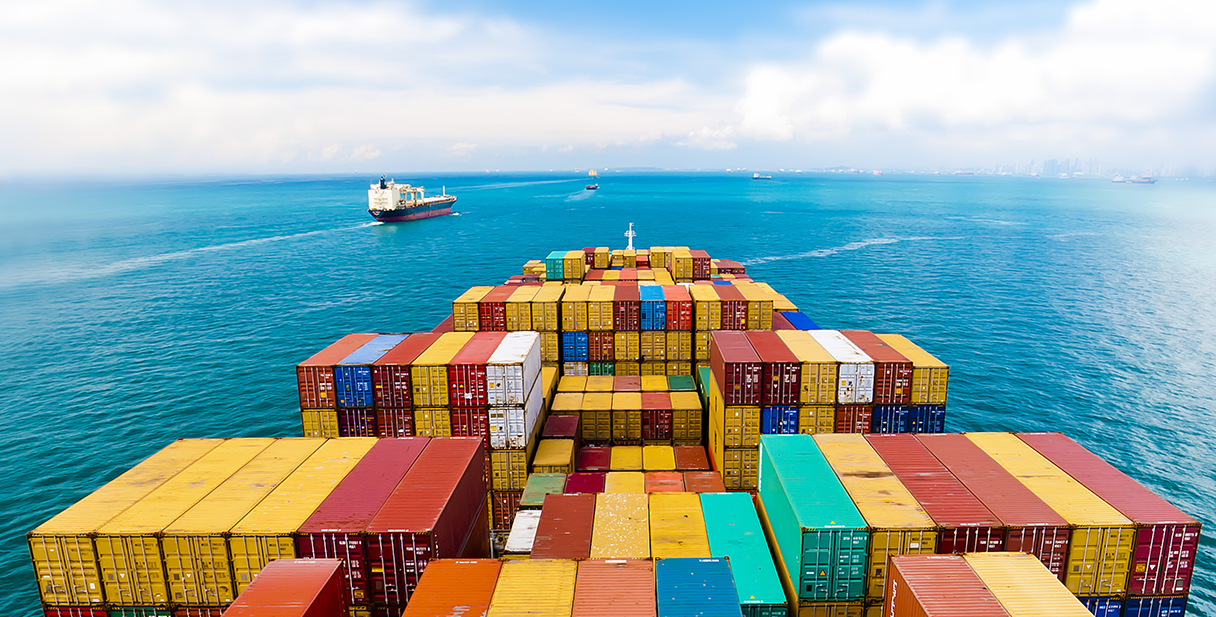Tips to Effectively Price Your Private Label Products on Amazon
June 16, 2021 Jenna Craig
Determining the price for your Amazon private label product can put you in a Goldilocks dilemma. Set your price too high and you can’t make sales at volume, compromising your organic SEO, PPC, and BSR; or set it too low and you jeopardize your profit.
Let’s dig into how you can set your pricing “just right.”
The prep work
People can’t buy your product if they can’t find it, and they won’t buy it if you don’t adequately market to your customer base. Before you settle on a pricing strategy, you should optimize your product detail page for organic search results. You want to make sure your product is in the top three page one search results for your most relevant keywords. Being fully optimized is the most important thing you can do for your brand.
Strategic pricing
Once you’ve laid the groundwork, it’s time to get down to dollars and cents. You’ll need to figure out two numbers as the basis for setting your Amazon private label product’s price:
1. What’s the lowest price you can charge and still be profitable?
2. What’s the highest price you can charge and still be profitable (i.e. not lose your market share).
To figure out your pricing floor, you’ll need to understand all of your costs, including:
• The cost to acquire your private label product from the manufacturer
• Selling plan fees
• Amazon referral fees
• Amazon FBA fees
• Marketing – sponsored products, sponsored brands, external traffic, etc.
• Shipping
• Return costs (both Amazon and your own)
Don’t forget to build your marketing strategy into your pricing strategy.
“It’s very important to consider promotions like Lightning Deals, 7-Day Deals, and Prime Day Deals,” says Thrasio’s senior director of product launch, David Toledo, “Like with all marketing initiatives, it has nuances, but you need to be sure that if you mark your product down by 30% you can still be profitable (for a prime day deal for example). Also for prime day deals, products have to be set at their lowest price in the last 180 days.”
You can also use coupons instead of lowering your price. Shoppers can check the box and save either a dollar amount or a percentage.
Once you’ve calculated all of your costs, you could simply add a fixed margin to arrive at your retail price. This is the basis of cost-plus pricing. Cover your costs, and add a little on top for profit. The end. According to Jungle Scout, Amazon sellers should aim for a profit margin between 25% and 30% for their private label products.
Cost-plus pricing, however, is probably not the path you want to choose, as it takes your consumers out of the equation. He or she may not be willing to pay the price you set or have been willing to pay even more. Cost-plus pricing is imprecise and not geared toward optimizing your profits.
Figure out your price ceiling
What’s the highest price you can potentially charge while also maximizing your search results and keeping your product buy-box competitive?
There are multiple schools of thought around this. Amazon private label seller Kai Klement says that you can safely be 20% above the highest-priced competitor’s product you see on page one search results for your top keywords. Another potential option is to take your costs and multiple them by five or six to find your price ceiling.
“I would recommend to people that they play with slowly raising the price after their product is launched and stable,” says Toledo, “You don’t want to do anything to hinder your launch efforts.”
What are your competitors doing?
If they’re clustered around the floor versus bumping against the ceiling, you’ll most likely need to follow the pack.
If your private label product has a number of close competitors, the simplest approach to pricing your product is to adopt a competitor-based pricing model where you either match or go slightly above or below the average competitor price in your category.
For example, Ryan Grant of The Online Selling Experiment recommends 1.5% above your lowest FBA competitor; or, for items that aren’t moving with that approach or have a short window to sell (like seasonal products), price matching with the lowest of your FBA competitors.
“Higher price can signal higher quality,” says Toledo, “It’s easier to pull off if you have a differentiated offering, or have particularly good ratings and reviews.”
Using your competition as a pricing benchmark may initially seem like a copout, but it makes strong strategic sense. You want your product to stand out when it comes to quality, customer support, volume, positive reviews, and the eye-catching (thumb-stopping) nature of your listing. These are the key competitive differentiators that you can use to leverage more sales and build a profitable brand. For the majority of private label sellers on Amazon, price is not where you want to stick out from the competition.
Price & reprice
If you’ve been selling on Amazon for more than five minutes, you already know that this platform is always in flux. Competitors come and go, products get hot, and then drop out of favor. The all-powerful algorithm that determines each search result placement, Buy Box eligibility, and ownership is ever-changing. Your private label product pricing approach needs to account for this reality. Meaning, as soon as you settle on a price, you’ll probably need to think about price adjustments or repricing based on changes in your category and competitor behavior.
You can reprice manually, which can be time-consuming, especially if you have multiple private label products. In the case of manual repricing, you’ll want a tool like CamelCamelCamel that alerts you to price changes in your category.
Alternatively, you could employ an automated third-party repricing tool that will respond to market data, competitor price changes, and shift your product prices based on your goals. Automated repricing tools tend to be pricey. Some sellers worry using these tools encourages a race to the bottom, with competitors ruthlessly undercutting each other until every penny of profit has evaporated.
Change is guaranteed
If you’re launching a new product, setting a price may be daunting, but the dynamic nature of the Amazon marketplace means that you’ll get real-time feedback (you’re either selling or you’re not). And you can course correct quickly. If you do your homework and promptly respond to shifts in buyer behavior and competitor moves, you’ll soon be dialing in the right price for your product…at least until it needs to be adjusted again.



